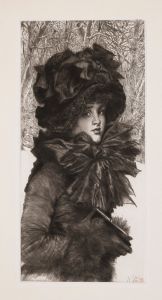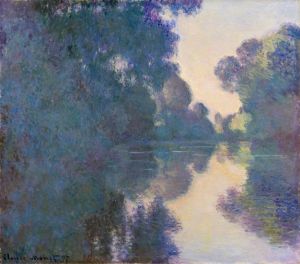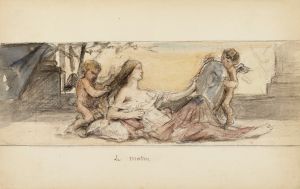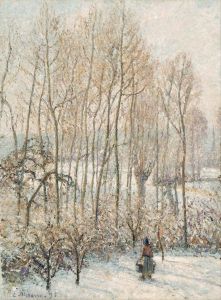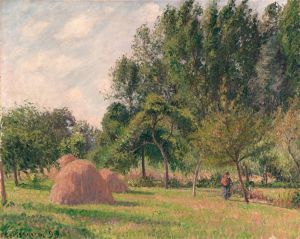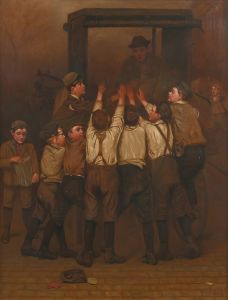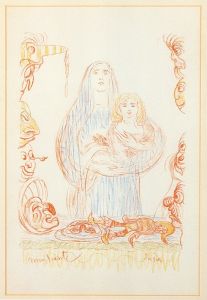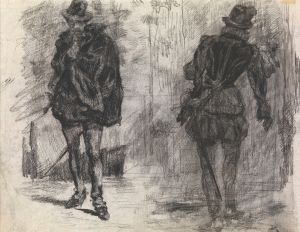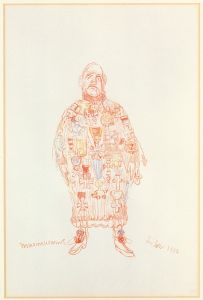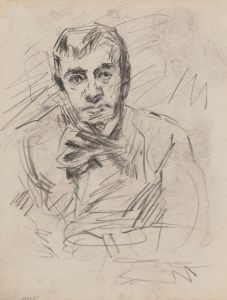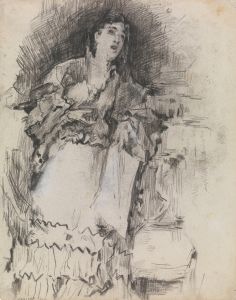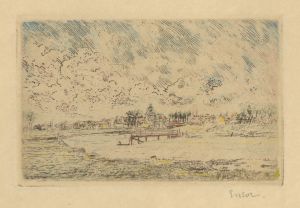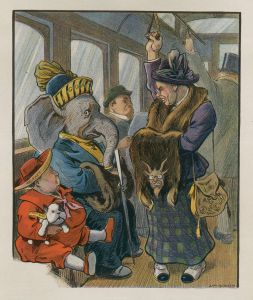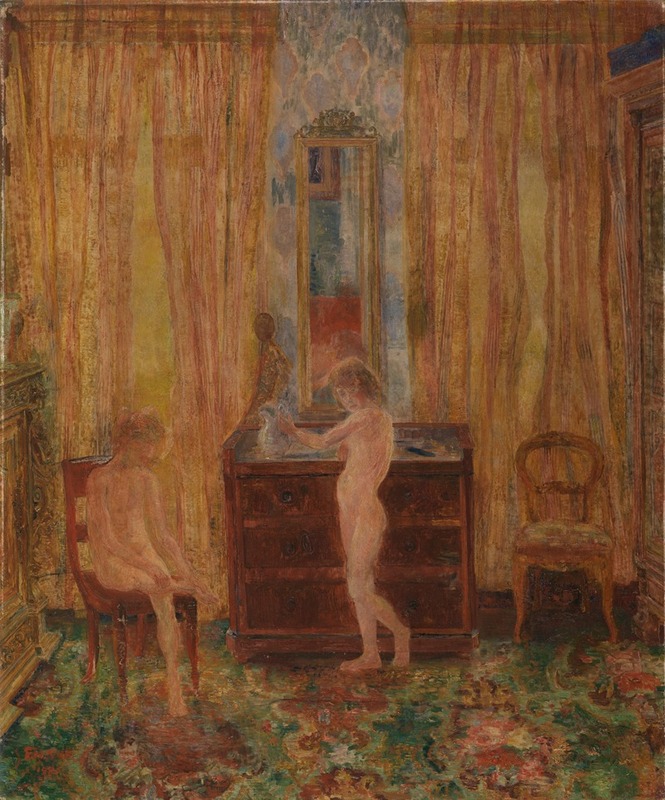
Children at their Morning Toilet
A hand-painted replica of James Ensor’s masterpiece Children at their Morning Toilet, meticulously crafted by professional artists to capture the true essence of the original. Each piece is created with museum-quality canvas and rare mineral pigments, carefully painted by experienced artists with delicate brushstrokes and rich, layered colors to perfectly recreate the texture of the original artwork. Unlike machine-printed reproductions, this hand-painted version brings the painting to life, infused with the artist’s emotions and skill in every stroke. Whether for personal collection or home decoration, it instantly elevates the artistic atmosphere of any space.
"Children at their Morning Toilet" is a painting by the Belgian artist James Ensor, created in 1886. Ensor, known for his unique and often avant-garde style, was a prominent figure in the Belgian avant-garde movement and played a significant role in the development of Expressionism and Surrealism. His work is characterized by its vivid use of color, intricate detail, and often satirical or grotesque subject matter.
The painting "Children at their Morning Toilet" depicts a domestic scene, capturing children engaged in their morning routine. This work is notable for its intimate portrayal of everyday life, a theme that Ensor explored in various other works. The painting reflects Ensor's interest in the mundane aspects of human existence, which he often rendered with a sense of whimsy and subtle critique.
Ensor's style in this painting can be seen as a blend of realism and impressionism, with a focus on capturing the light and atmosphere of the scene. The brushwork is loose yet deliberate, allowing for a dynamic representation of the figures and their surroundings. The color palette is both vibrant and harmonious, showcasing Ensor's skill in using color to convey mood and emotion.
James Ensor was born in Ostend, Belgium, in 1860, and he spent most of his life there. His upbringing in a seaside town influenced much of his work, as did his exposure to the curiosities and oddities sold in his family's shop. Ensor's early works were often met with criticism and misunderstanding, as his style diverged from the traditional academic art of the time. However, he gradually gained recognition and became a leading figure in the Belgian art scene.
In "Children at their Morning Toilet," Ensor's ability to capture the essence of his subjects is evident. The painting is not just a depiction of a daily ritual but also an exploration of the innocence and simplicity of childhood. Ensor's attention to detail and his ability to infuse the scene with a sense of narrative make this work a compelling example of his artistic vision.
Throughout his career, Ensor was known for his innovative use of masks and skeletons, which became recurring motifs in his later works. These elements often served as symbols of the human condition, exploring themes of identity, mortality, and the absurdity of life. While "Children at their Morning Toilet" does not feature these motifs, it shares the same underlying curiosity about human nature and the complexities of existence.
James Ensor's contribution to modern art is significant, as he paved the way for future movements such as Expressionism and Surrealism. His willingness to challenge conventions and explore new artistic territories has left a lasting impact on the art world. "Children at their Morning Toilet" is a testament to Ensor's unique perspective and his ability to capture the beauty and intricacy of everyday life.





